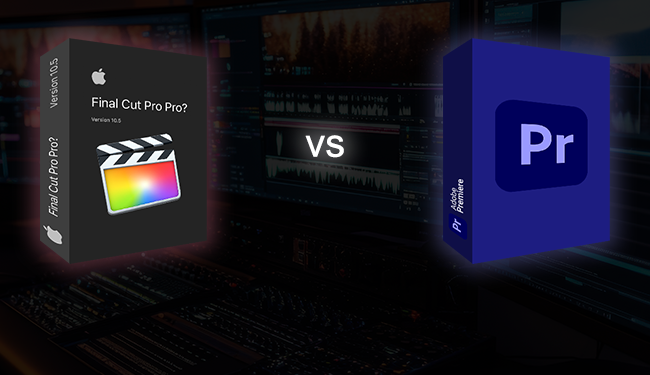So you have a story that you’ve been dying to tell. You’ve spent hours revising the script, secured a team, and ready to go into production, there’s only one thing holding you back: you don’t have the finance in place to make the film happen. So your producer suggests crowdfunding as a way to finance the film, but where do you start?
Today lots of film projects get off the ground through crowdfunding, but before you dive into a crowdfunding campaign, there are a few things you need know before you take the plunge. Actually, that last sentence is an over exaggeration, there are a lot of things you need to know before taking the plunge, and you better do your homework so that you don’t set unrealistic expectations and waste your time.
Here are a few things to consider getting the ball rolling:
Is crowdfunding right for your project?
Crowdfunding takes up a lot of time and energy and works on the function of creating interest in your project and turning that interest into a series of small reciprocating cash contributions. If you live in a country that has government financing programs for short films, consider applying to those before putting all of your eggs into crowdfunding.
The actual costs of producing a short film are quite substantial. If you factor in the equipment rentals, wages for the actors and crew, logistic costs, and costs associated with post-production, it can add up; and I’m not talking about taking a trip to Fiji expense rather I’m talking about getting a new Mercedes expense.
If you have access to government funds, take advantage of them. If you don’t or happen to live in a country like the United States, then figure out what you can get for free before you settle on the final budget. Crowdfunding will require you to generate a tremendous amount of interest and support in your film, and many times people and businesses are willing to contribute ‘in kind’ donations that can significantly lower your total production budget.
Culling the Herd
It’s called Crowdfunding for a reason – it is because you are using a crowd of people to fund your project. So, one of the most important things you need to figure out before you launch your campaign is who your crowd is. Apart from figuring out about your audience, you need to materialize what your film is all about and how far the target audience would be interested in the film plot.
There are three types of people who will invest in your film:
- Friends and family – Member of your close circle who are really investing in you because they care about you and want you to be successful.
- Fans or Communities – Fans or communities of people who don’t know you, but are interested in the film you are making or the genre of the project and want to see your film.
- Angel Investors – ‘Angel investors’ are those people who are altruistic and for some reason want to invest in your project because they see potential.
Creating the Media
Once you know who your audience is, and you’ve figured out how much finance you need to make your project kick start, you need to start thinking about the media required to promote your project during your crowdfunding campaign.
- Trailer
- Photoshoot
- Importance of updates
- Make it personal
Reading the Fine Print
Contributions come in many forms, but make sure you keep in mind that crowdfunding sites charge commissions on their services. Indiegogo charges 5%, plus a 25$ wire transfer fee to transfer money if you have a non-US bank account. Kickstarter also charges 5% fee if your project is successful, and depending on the payment services like PayPal there is an additional charge between 3% and 5%. Between the various expenses, this can add up to around 10% of your campaign. So make sure to add 10% contingency on top of what you need so that you have enough to make your film after the fundraising expenses.
The Real Cost of Perks
‘Perks’ or the incentives that your backers receive when they contribute to your film are an essential way of making your campaign function. You must also ensure that your perks are realistic and that you can deliver them.
DVD copies are great, but what does it cost to produce the DVD’s? What are your shipping costs? How much time will it take for you to create and deliver all the perks to your backers? The best perks are something that can be relatively inexpensive and have ‘value’ to the fans that are backing your film.
According to Kickstarter, the 25$ reward is the most popular fom of appreciation. It’s about what a DVD would cost in a store, but before you jump into producing a particular reward, calculate how much time and money it will actually cost you to produce it, and what percentage of the total funds raised will go into perks? Crosscheck these expenses with how much you’d make flipping burgers at a fast-food place if it’s less then find a new type of reward. The goal is to spend as much time as possible making your film, not making the perks for your crowdfunding campaign.
Final Thoughts
Now that you have decided to go for it and have understood the finer aspects of trying to get crowdfunding, often there is a tendency to put in a lot of effort into sourcing funds. This could lead to losing the tempo and steam for making the film itself. Ideally put a solid plan together and work on timelines along with alternate plans in place, in the case of a contingency. While doing the same, keep focused on you mission of making your film an award-winner.
Another quick tip which most often is overlooked is to applying for a 501c3; you never know your film may be exempt from federal income tax.
– Video Caddy
Video Caddy




